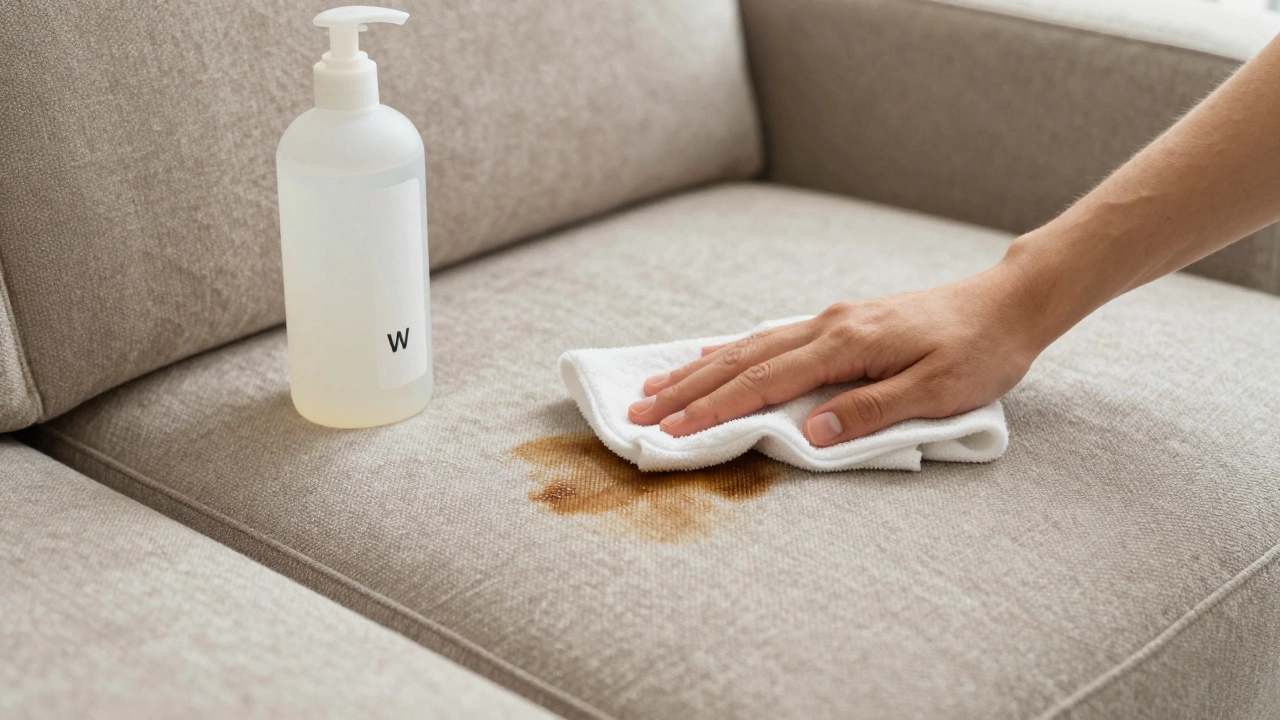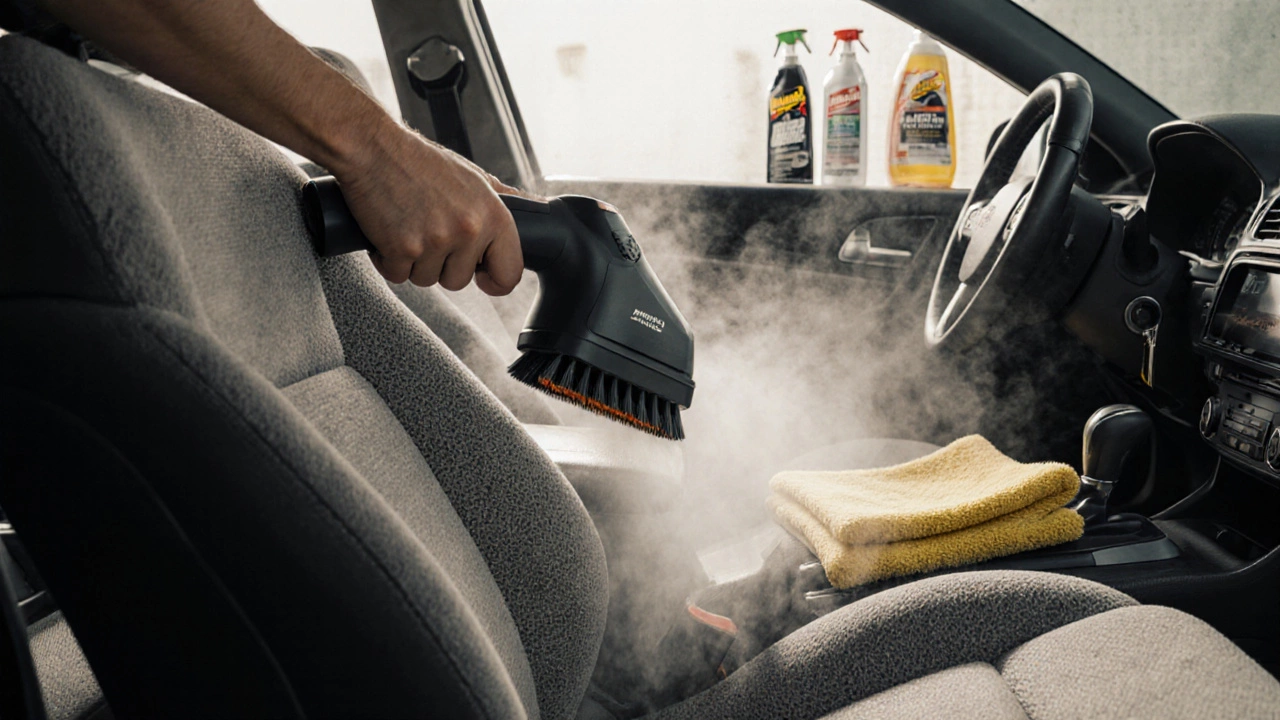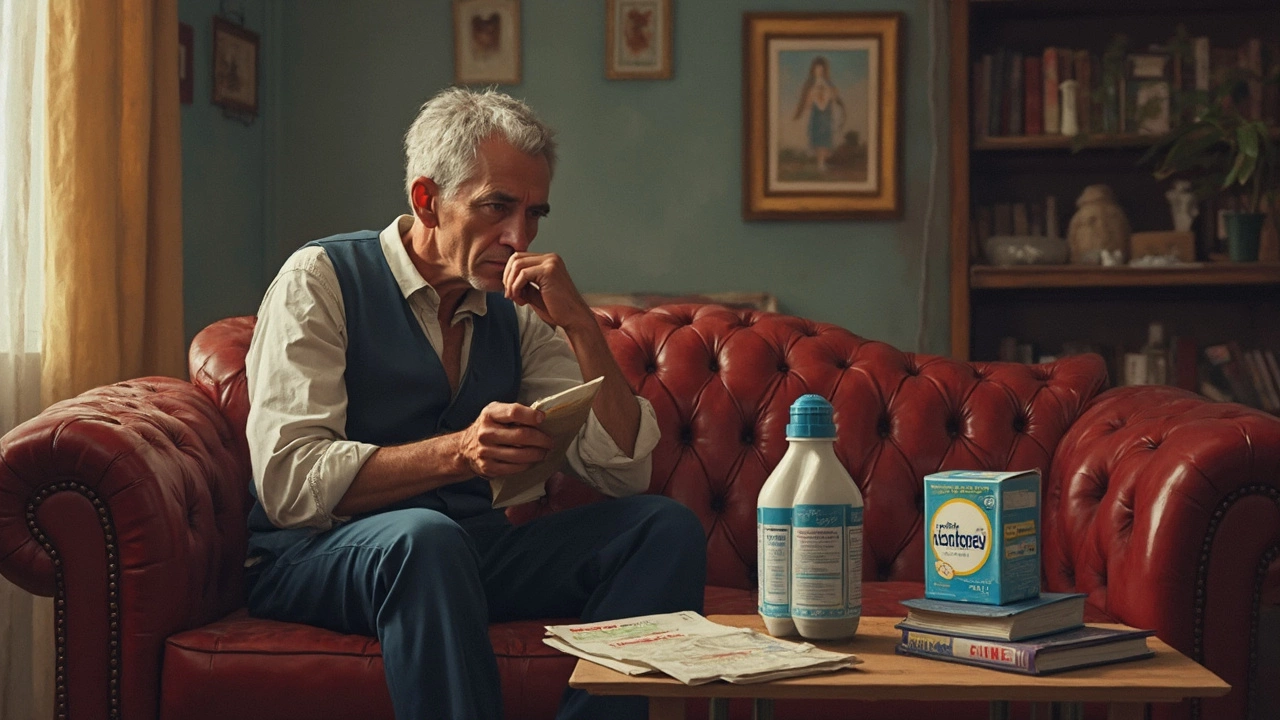Fabric Cleaner Guide: Quick Tips for Stains, Safe DIY, and Pro Help
If you’ve ever spilled coffee on your favorite sofa or noticed a yellow ring on a beloved shirt, you know how frustrating fabric stains can be. The good news? Most everyday stains can disappear with the right cleaner and a simple method. Below you’ll find practical advice for choosing a fabric cleaner, whipping up cheap DIY solutions, and spotting the moments when a professional service saves you time and money.
DIY Fabric Cleaner Basics
Start with what you already have at home. A mix of warm water, a few drops of mild dish soap (like Dawn), and a touch of white vinegar works wonders on most fabrics. Use a clean microfiber cloth, dab—don’t rub—to lift the stain. Rubbing can push the spill deeper into the fibers and cause discoloration.
For tougher spots such as grease or ink, add a teaspoon of baking soda to the soap‑vinegar blend. The mild abrasive helps break down the grime without scratching the material. Test any mixture on an inconspicuous area first; a quick 30‑second patch check will show if the color runs.
When dealing with upholstery, keep the liquid amount low. Over‑wetting can lead to mould or a musty smell later. After treating the stain, blot with a dry towel and let the fabric air dry. A fan or open window speeds up drying and prevents water marks.
When to Call a Professional
Some stains need more than household tricks. Deep‑set oil, pet urine, or old blood spots often require enzymatic cleaners that break down proteins at a molecular level. Professional upholstery cleaners have access to those products and equipment like hot‑water extraction machines, which pull out dirt from the cushion core.
Cost is another factor. A standard fabric couch cleaning in the UK runs between £80‑£150, depending on size and condition. If you’re tackling an entire house of fabric sofas, a bundle deal can keep the price reasonable. Compare quotes, ask about the cleaning agents they use, and make sure they’re safe for kids and pets.
Lastly, consider the fabric type. Delicate materials such as silk, velvet, or antique upholstery need gentle handling and may even require specialist knowledge of colourfastness. In those cases, a professional service prevents irreversible damage.
Whether you’re reaching for a bottle of Dawn, a pinch of baking soda, or a seasoned cleaning crew, the key is to act quickly, test first, and avoid over‑wetting. With these tips, most fabric mishaps become easy fixes, leaving your home looking fresh without breaking the bank.

Do upholstery cleaners really work? Here's what actually removes stains and odors
Not all upholstery cleaners work the same. Learn which types actually remove stains and odors, what to avoid, and when to call a pro for real results.
Read More
What Do Detailers Use to Clean Upholstery? Tools, Products, and Techniques Revealed
Detailers use specialized cleaners, steam, and tools to remove stains and odors from car upholstery. Learn what products and techniques professionals rely on for long-lasting results.
Read More
Can I Use Laundry Detergent as Upholstery Cleaner? Facts You Need to Know
Ever thought about tackling couch stains with laundry detergent? This article breaks down whether it's safe, effective, and worth the risk. You'll get tips on when laundry soap can substitute for specialized upholstery cleaner, along with key warnings about what to avoid. Stain-lifting tricks, dos and don'ts, and product myths will save you money and maybe your favorite seat. Get the facts before you set off on your next cleaning mission.
Read More